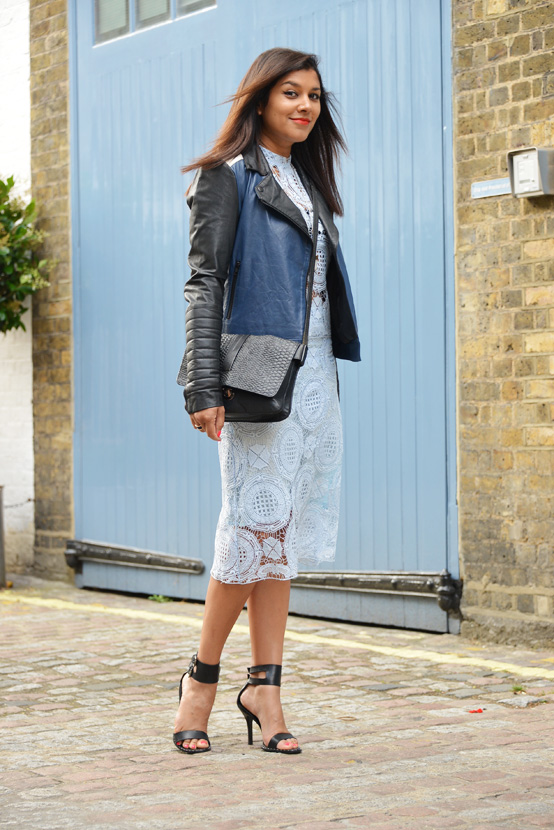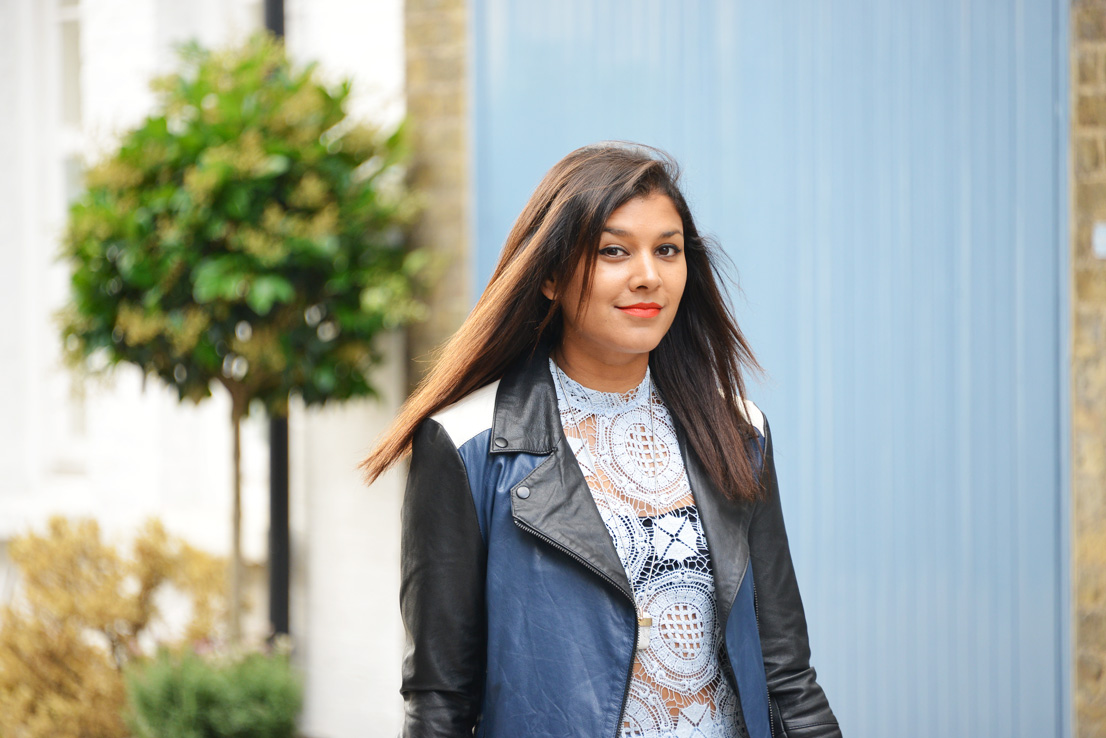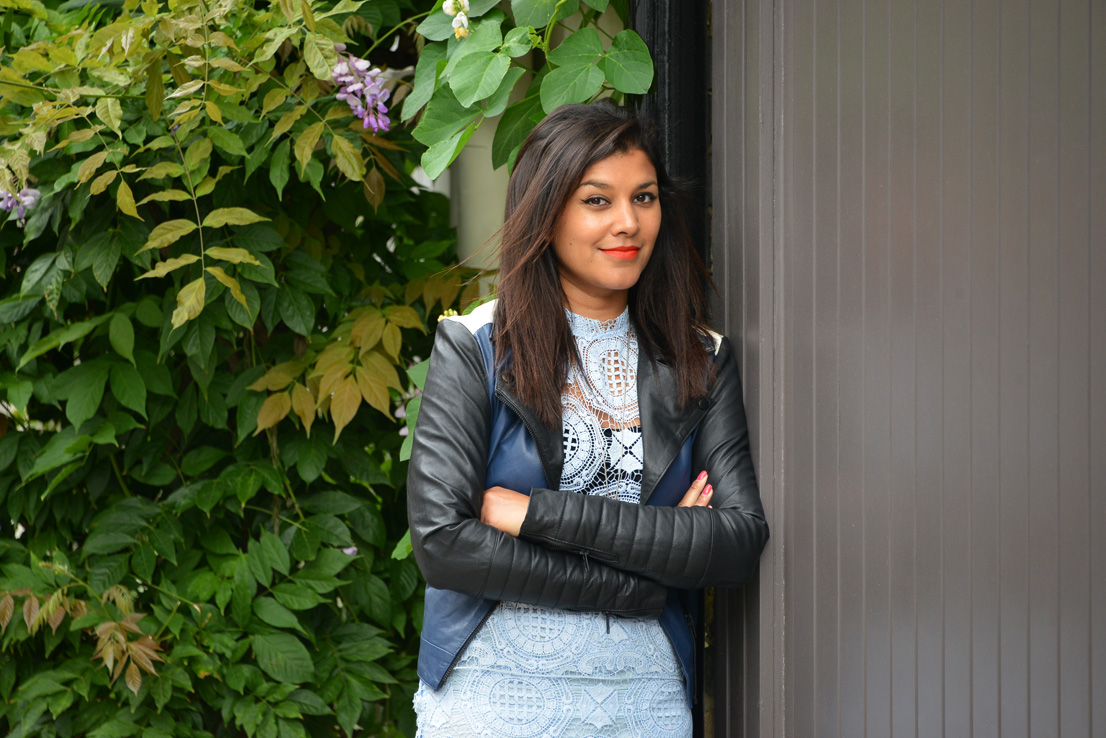More and more of the women I know are moving freelance. This is quite a feat, given that I am only in my early twenties – I would have said that if my generation had graduated a decade earlier it would have been a very different story – however with competition for jobs in the creative industries at it’s peak, and a saturation of individuals bent on practicing their craft and talented enough to do so, it has become the norm. In editorial, this has particularly taken hold; tired after years of unpaid internships with little writing opportunity, pursuing freelance opportunities (though more risky) has become more appealing to a majority of my contemporaries. Let’s also not forget the influence of the internet. In 2015, anyone has the ability to start a blog, and should it take off, they have the ability to make it a career. Of course, many don’t, but the opportunity it poses has lead to a group of millennials less keen to commit to an office role.
And I suppose it does sound quite nice – working from home, to your own timetable. Picking and choosing projects, having no set hours or holiday. I can imagine to someone in a rut of nine to five, it would seem quite jolly. But of course, for it to be so, you need to be in demand. See, I’ve done the freelance thing, in conjunction with and in between internships. The first few days are always bliss, but you’d be surprised how quickly the novelty of working from home wears thin, and how quickly your bank balance will be hit if you sit in a coffee shop all day – and that’s if you’re busy. On a quiet day, with everyone else at work, it can be rather dull. Plus there’s less security, you don’t have the weekly expense covers sent into your account or monthly salary. It’s even trickier to work within working hours; how can you leave work in the office, when the office is your bedroom? Frankly, I’ve been quite pleased to move on from those stages quickly, oft craving the stability of office life, droll as that sounds.
It’s not all doom and gloom though – for some, freelance is the ideal choice that they are successful enough to make. With so many now considering a move into remote work, we wanted to speak to three women we know who have totally owned it – this is what they had to say.
 Bonnie Rakhit, Journalist & Founder of www.thestyletraveller.com
Bonnie Rakhit, Journalist & Founder of www.thestyletraveller.com
“I’d been working in the magazine publishing industry for over 14 years when I started my blog. When it started to do well at a time when I everything was moving online, I knew it was time to leave the mother ship that was ELLE Magazine and go freelance. It was a hugely daunting decision, but I have never looked back.”
“One of the main fears for me was, would I make enough money so I made sure I had enough savings to keep me afloat for a few months before leaving. The other was fear of failure. What if I was a total flop and it was a terrible decision? But then I remembered something my Granddad always said, “nothing ventured, nothing gained.” You never know what you can do until you try. All of the world’s most successful people have encountered failure in some way or form, the only way to succeed is to overcome your fears and give it a go. If you come across pressures or stress, pick yourself up and try again.”
“Having always worked in a busy office, full of people and banter, to suddenly work in your own office is very different and can be lonely. The best way to combat that is to make sure you have a routine. Always get up, get dressed and ready, as if you’re going to the office. Take breaks as you would normally and make sure you work out how to manage your time efficiently. I often work from Shoreditch House – it’s good to have a work space that takes you out of the house occasionally, even if it’s just the coffee shop down the road. Also, have meetings out and about in town and use skype or facetime for meetings. Running your own business takes patience, ambition and hard work, but once you get into the flow and start embracing the challenges and the steep learning curve, being your own boss is one of the most liberating and wonderful feelings in life.”
Angie Smith, Stylist, www.angiesmith.co.uk
“I first started thinking about moving freelance after working at a magazine for 5 years, starting off as an intern and then as the fashion assistant. I’d ended up as the Fashion Coordinator, which was great, but wasn’t ever going to turn into a styling role. So, when I was offered the chance of taking voluntary redundancy, I jumped at it. I didn’t have a clue what I was going to do but I felt like I could breath again and the freedom to make my own luck was inspiring.”
“To be freelance, it helps if you love what you do. When I took the plunge I felt like I was back at university, and each job was a fun new project. I still get excited when a new brief comes in. Having a can-do attitude is essential, along with being able to find ways of making things work even if on the surface the task seems impossible. Building a good team is key too – when I first started working with assistants I had no end of headaches, but I’ve realised now what I need in an assistant, which leads me on to the next and very important quality – recognise your strengths and find people to help you with your weaknesses. No one is perfect so don’t beat yourself up because you can’t do everything.”
“I think the main mistakes people make has to do with cash flow. So many businesses fail because invoices aren’t being paid on time. If you don’t like chasing money, get someone else to do it for you. When I first went freelance my mum was my invoice chaser and that really helped me out (thanks Mum!).”
“The best bit of freelancing is definitely being your own boss, because it’s true that you get out of a business what you put into it. The worst part though, is learning to say no. It sounds ridiculous, but it’s so important not to get yourself into a stressful, sticky situation just to keep everyone else happy apart from yourself.”
Alexandra Stedman, Stylist & Journalist, Founder of www.thefrugality.com
“I chose to go freelance because with my full-time magazine job and my blog becoming a full-time job as well, working both just wasn’t sustainable – and I never like to do anything under 100%. I have also always been in full-time work and wanted to see how it went working for myself.”
“The essential tools are discipline, and understanding how you work. I know I’m not an early riser, so I change my job to work around this. I am most productive between 5-7pm so always make sure I’m at my desk then.”
“In terms of mistakes, I heard a lot about people not booking holiday in case work comes up. I always thought this was ridiculous, but now I know how they feel! The best part about being freelance is definitely being your own boss, or not feeling guilty for popping into Zara on your way to a meeting. The worst is doing your own fashion returns…everything just takes longer when you’re on foot and have no assistant to rely on – and you’re a bit more careful with your budgets!”
Photographs of Bonnie Rakhit by David Nyanzi



Online networking is the greatest help to any new freelancer. Network using social media. Online networking channels offer unparalleled chances to communicate with clients and build connections, largely due to their real-time, interactive nature.